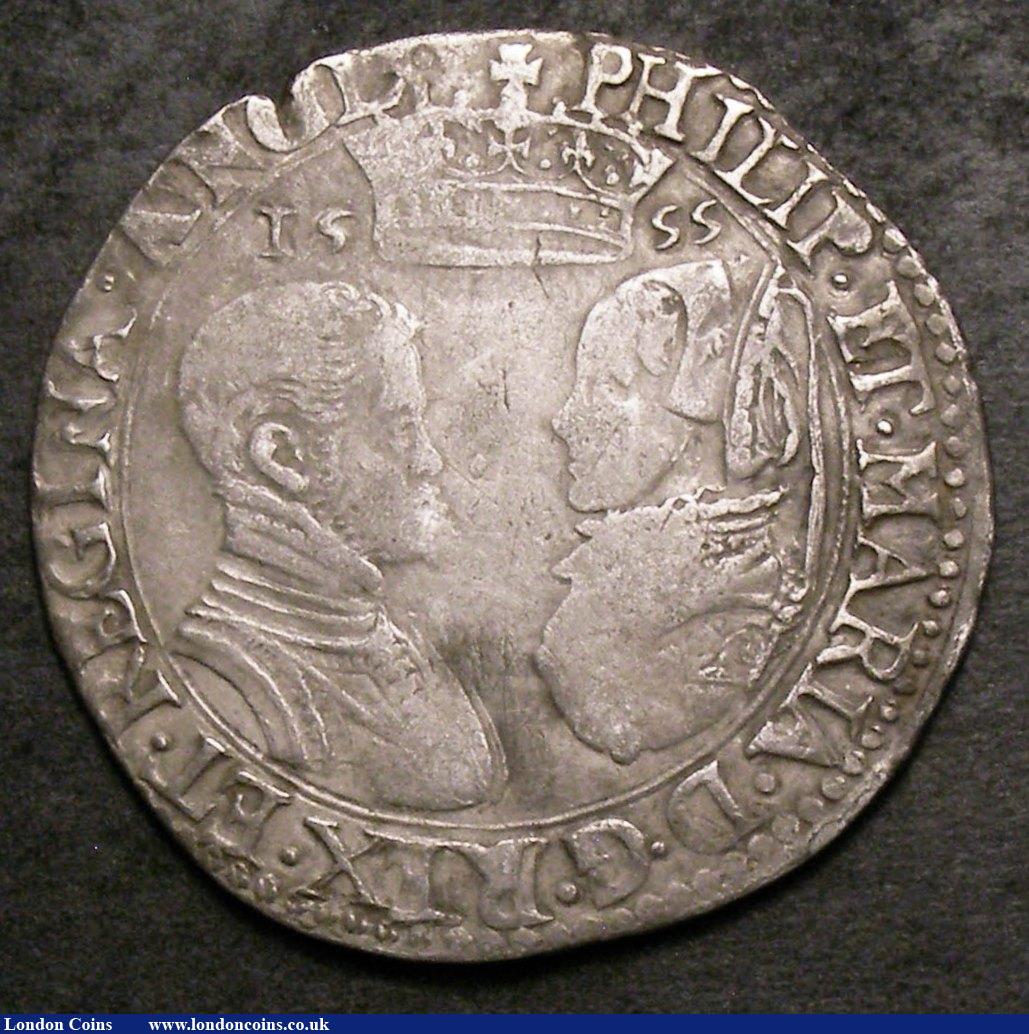Money in Stewart & Tudor Times
Chapter 2 : Coins in England
Early multiples of coins in England were the groat (4d) and half groat (2d.), then, under Henry VII, the first shillings, or “testoons” were created in 1502.The leap from 4d as the largest coin to 12d value was probably too great, and the coins were not that popular, and were not reissued until 1544, when Henry VIII reissued them at a considerably lower quantity of silver.
At certain periods, half-pennies or farthings (quarter of a penny) were actually struck as coins, but this was rare: the smaller denominations were usually made by cutting a full penny into halves and quarters.The last farthing coins were struck in the reign of Edward VI, by which time they were so tiny, they were too difficult to handle.
A good example of fluctuating values is the sovereign, first minted under Henry VII as the gold equivalent of a pound sterling (20 shillings) – obviously easier to carry than a pound of silver! By the 1520s, the Henry VII coins were worth 22 shillings-worth of silver.A new issue of sovereigns was made, with a lower quantity of gold, taking it back to 20s, but by Elizabeth’s reign, the earlier sovereigns were worth 30s.
The 6d or sixpence first appeared in the reign of Edward VI, was re-struck for Philip and Mary in 1554, and then became commonplace under Elizabeth I, replacing the 4d groat in everyday usage.

During the period 1561 and 1582 when the Elizabethan government was undertaking strenuous efforts to get inflation under control (yes, the economic woes of our time are not new), the three-farthing coin was struck, along with the three ha’-penny and the 3d (thrupenny bit).
The half-mark, or angel was minted under Edward IV, together with half- and quarter-angels.The latter were replaced by Henry VIII in 1544 by gold coins of 2s worth of silver.Inflation continued to take its toll, and the quarter angel rose in value (as the price of gold increased) to be worth 2s. 6d by Elizabeth’s time.They were replaced by the silver half-crown in 1600.This gave a value of 10s to the full angel.
Half – angels worth 4s were issued by Henry VIII in 1544 – 1547 but were later revalued as 5s and continued at that value through the reigns of Edward VI, Mary I and Elizabeth I.5s. pieces, known as crowns were also available in silver. The half-crowns, worth 2s. 6dfirst appeared under Henry VIII, struck in gold, then under Edward VI, in silver.The last gold half-crowns in England were minted by James VI & I.
Rose-nobles or ryals were issued for a short period by Henry VII, valued at 10s, then under Mary I at a value of 15s.


